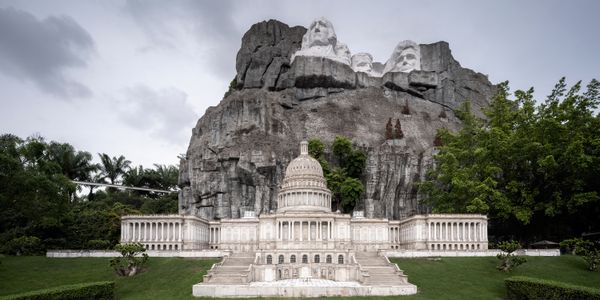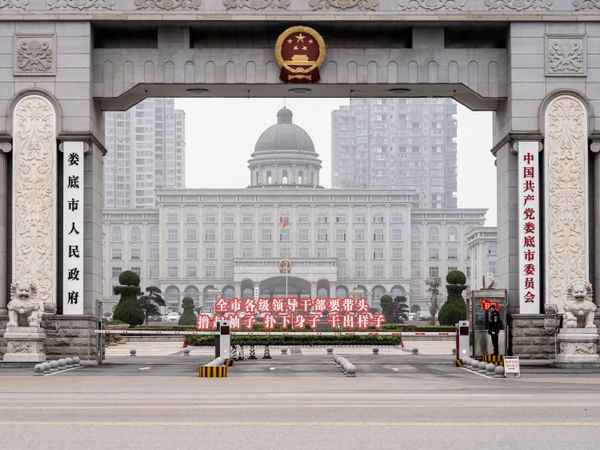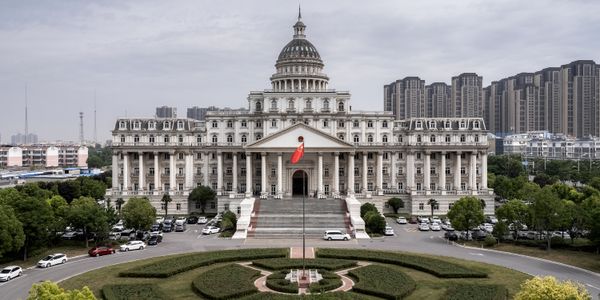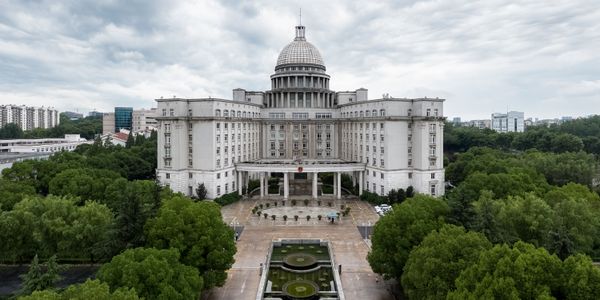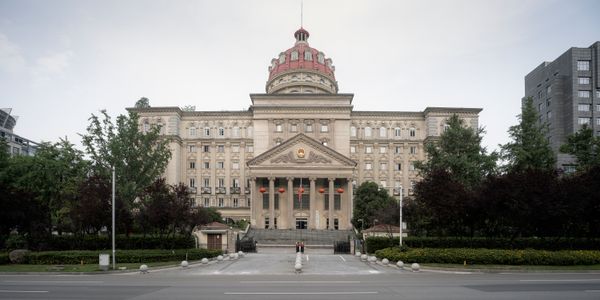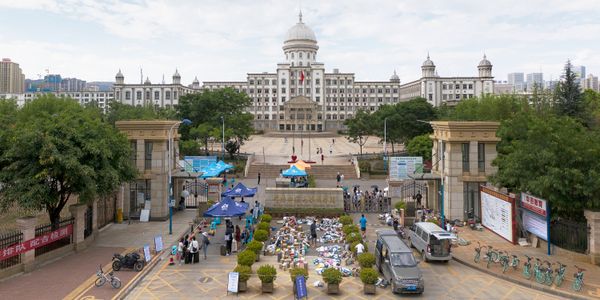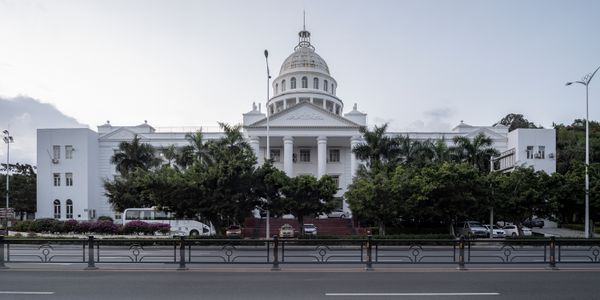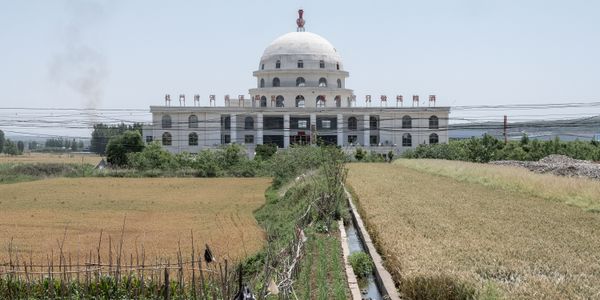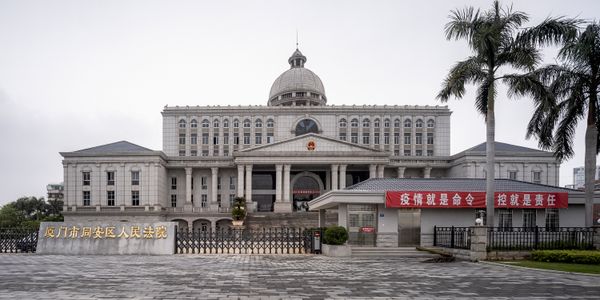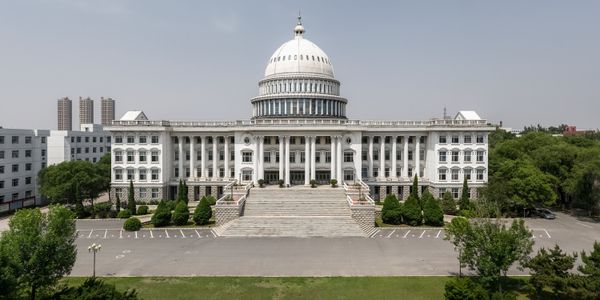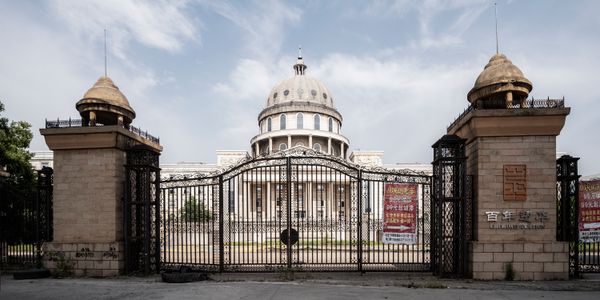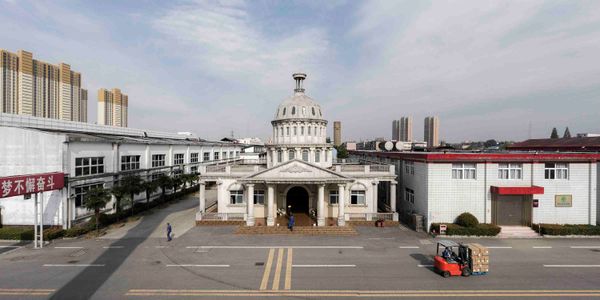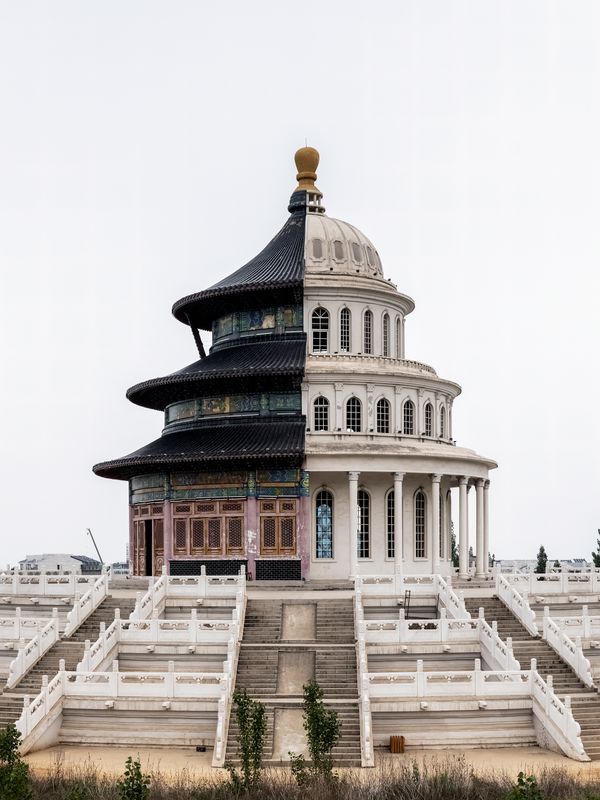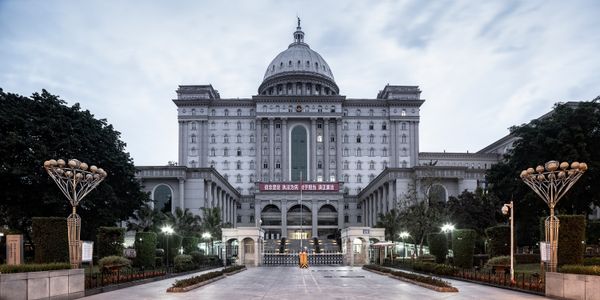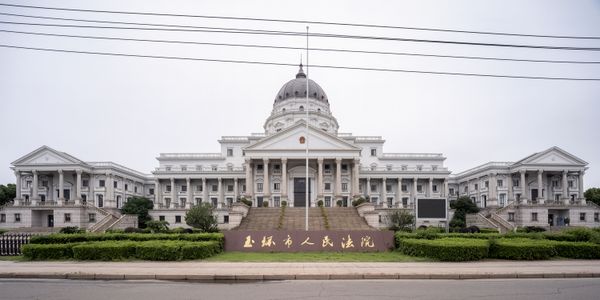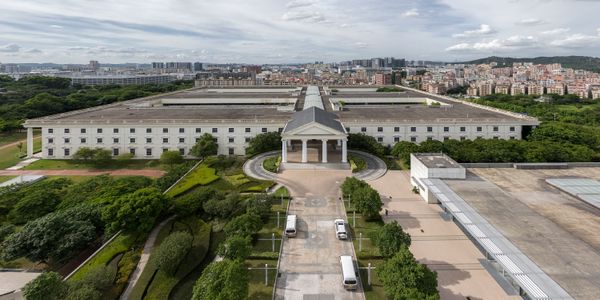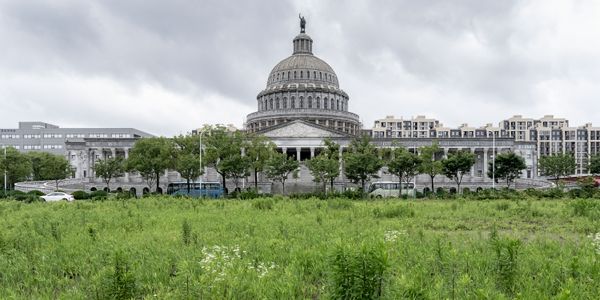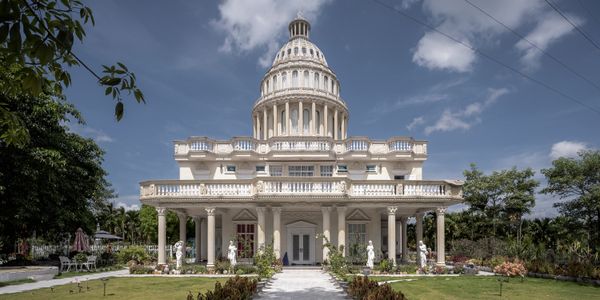China's "White House"
-
Dates2019 - 2021
-
Author
The “White House” in the title might not be an accurate name. Ivory walls, a crown-like dome, a triangular-roofed portico supported by Corinthian columns constitute the classic “United States Capitol” look. A lot of the Chinese people can’t tell the difference between the White House and Capitol Hill; they lump them together as the “White House”. Interestingly, this cloudy perception resembles the Chinese common understanding of the U.S.
The “White House” might be the most imitated structure in China. From public government buildings to private luxurious mansions, we see glimpses of the “White House” everywhere.
Most public buildings imitating the “White House” have been criticized by various sectors of society. Architects think that these buildings lack creativity and involve plagiarism, while civilians think they reflect graft, consume labor and taxpayers’ money. At times when local government officials fall out of power due to charges of corruption, these opinions are reinforced. On the other hand, the common belief that “White House” buildings cost more than other grandiose halls and mansions in China has not been proven true.
The aesthetic association of solemnity, grace and royalty, along with its political symbolism of power, obviously contributes to the prevalence of the “White House” design. However, we are unable to speculate which quality the owners and the designers were going for at the time of building exactly.
Among these almost identical looking “white house” edifices, courthouses account for a majority. We don't know if it has anything to do with the original concept of the “Capitol”. An intriguing fact is that, in terms of time, all these “White Houses” were built in the 40 years since China implemented reform and opening-up in 1979. In particular, the architecture sewing together the U.S. White House and China’s Hall of Prayers for Good Harvest is more like an insinuation of the U.S.-China relationship.
The uneasy truth is that, on one hand, these “White House” buildings are commonly despised, while on the other hand, they stand out amongst the bland skyscrapers. Now, they have become monuments to the awkward Sino–US. relations.
Beginning in July 2019, I spent more than a year traveling all over China, searching for more than 100 such White House-style buildings and looking for clues about the subtle influence of American culture and values on the Chinese people. The reality that Sino-US relations has hit a low point makes people lament about the unpredictable future between the two huge countries.
